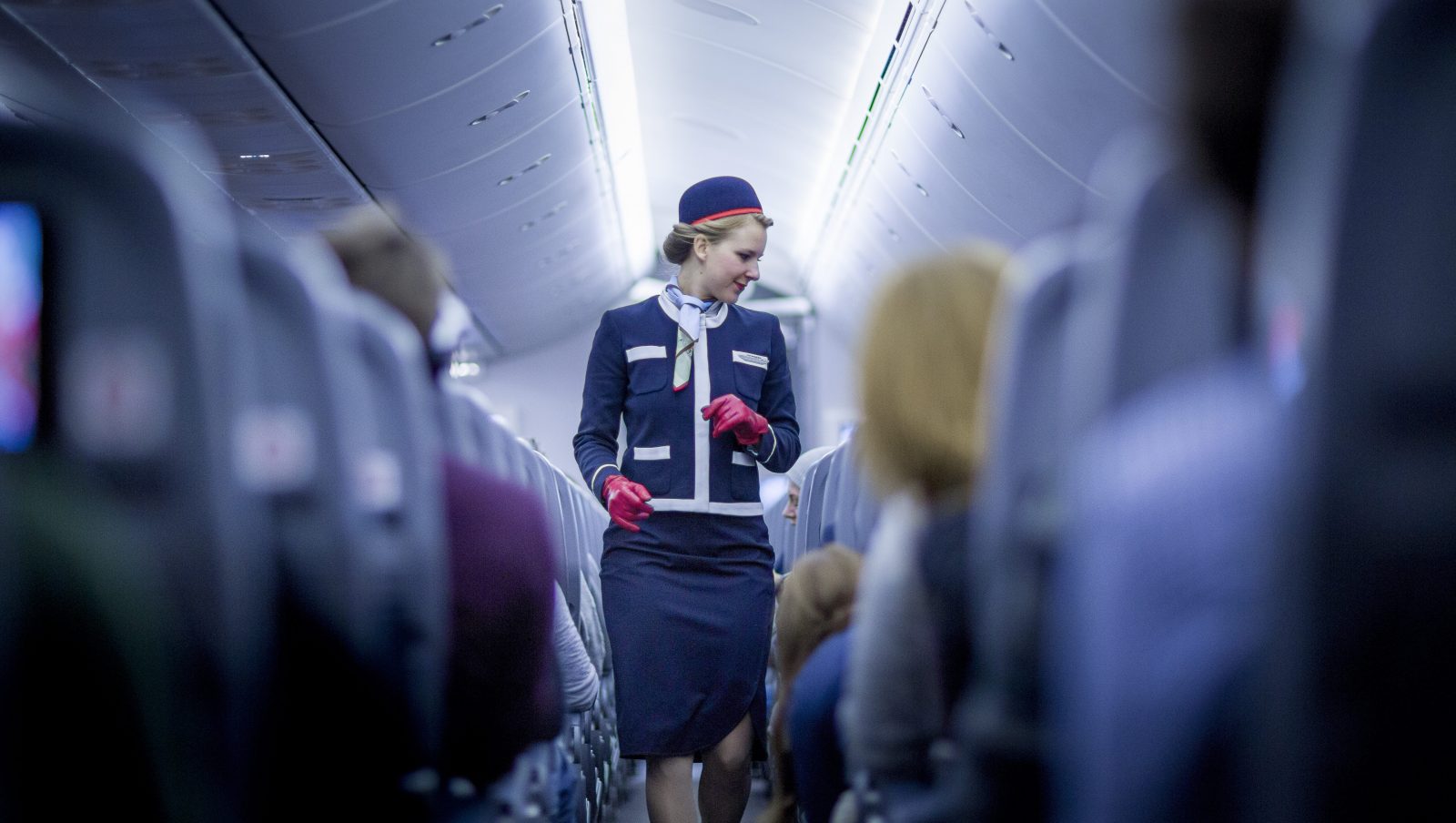
Norwegian Air Shuttle has been riding a wave of success in the last few years. In just over ten years, the airline has become the world’s sixth largest low-cost carrier and the third largest in Europe. But could Norwegian’s recent gamble on low-cost long haul air travel be the airline’s downfall? That’s the fear being raised from Norwegian’s latest set of financial results and information coming from inside sources at the airline.
It all started back in 1993 – at that time Norwegian operated just four regional routes in Norway as a charter airline, for now, defunct Braathens Airways. When the Scandinavian airline, SAS, bought Braathens in 2002 and terminated Norwegian’s contract it was forced to go it alone. Despite the challenges, the airline’s chief executive, Bjørn Kjos, turned Norwegian’s fortunes around.
Kjos quickly adopted a low-cost strategy for Norwegian and managed to source funding to replace the airline’s ageing Fokker aircraft. The airline moved away from its traditional Scandinavian roots and expanded operations across Europe. Its rise seemed unstoppable – Norwegian now operates 500 routes to 150 destinations around the world.
Then, in 2012, Norwegian decided to do what no other airline has ever managed before – make low-cost long haul air travel a success. Its routes to Bangkok, Thailand and Singapore mainly appealed to tourists but Norwegian then set its sights on the United States.
Norwegian will take delivery of 32 aircraft this year alone
Norwegian has invested heavily in its fleet – It believes that modern, fuel efficient aircraft like the Boeing 787 Dreamliner and 737MAX will help make its venture a long-term success. So, along with its current fleet of 130 aircraft, Norwegian has a further 260 on order. This year, Norwegian will take delivery of 32 aircraft – nine 787 Dreamliner’s, seventeen 737’s (for its short-haul network) and six 737MAX aircraft.
The airline has been warmly received around Europe and not only for its low-cost fares. In June, Norwegian won two of the most prestigious awards at the annual Skytrax World Airline Awards – dubbed the ‘Oscars of the aviation world’. This was the fifth consecutive year that Norwegian won the ‘Best Low-Cost Airline in Europe’ award and the third consecutive year as ‘World’s Best Low-Cost Long-Haul Airline’.
At the time, Kjos said his airline had “been one of the most consistent performers in the World Airline Awards over the last five years.” Yet, for all the hype and excitement, Norwegian’s financial results are being anything but consistent at the moment.
Weak financial results: earnings before tax fell 7%
Last week the airline released its latest set of financial results. In the second quarter of 2017, earnings before tax fell 7% on the same period in 2016. The amount the airline earned per passenger, in terms of yield also fell 3%, while unit cost rose by 9%. Norwegian blamed expansion into new markets, increasing fuel costs and “currency effects” for its woes. Interestingly, the airline also said the “increased average sector length” had affected its earnings.
Something is amiss at Norwegian and its probably no coincidence that the airline’s longtime chief financial officer, Frode Foss, resigned from his role just a week before the financials were released. Foss had been with Norwegian since it’s new beginnings in 2002 and it seems strange that he would leave at what should be such exciting times for Norwegian. Instead, he simply said his departure was to allow him to “explore new ventures.”
The news has sent shares in the airline tumbling. Norwegian is listed on the Oslo Stock Exchange where shares in the company have fallen over 43% in the last 12 months. Insiders in the company say Norwegian has expanded too quickly and is now desperately trying to apply the brakes.
Massive cabin crew recruitment campaign might be misguided
Norwegian already employs over 7,000 staff and is the middle of a huge recruitment campaign to increase that number to 9,000 by the end of the year. The expansion is to be mainly fuelled by increases in cabin crew numbers for both short haul and long haul services. But things aren’t going to plan.
We’ve been told by several anonymous sources that cabin crew are being offered unpaid leave and not being assigned flights. It’s believed this is because there is not enough work for the numbers of crew already working for Norwegian.
In the meantime, however, Norwegian looks set to push ahead with its long-haul plans – Last week, the carrier’s UK subsidiary finally won a tentative approval by the U.S. Department of Transportation (DOT) for a foreign air carrier permit. And later this year, Norwegian UK will start services to Singapore and Buenos Aires, Argentina.
Elsewhere, Norwegian is increasing its U.S. services with hopes to open up secondary markets using its Boeing 737MAX aircraft. These routes might be vital for the airline’s long-term success – it comes as established European long haul airlines launch competitors like ‘Level’ to go head to head with Norwegian on its already established U.S. routes.
Mateusz Maszczynski honed his skills as an international flight attendant at the most prominent airline in the Middle East and has been flying ever since... most recently for a well known European airline. Matt is passionate about the aviation industry and has become an expert in passenger experience and human-centric stories. Always keeping an ear close to the ground, Matt's industry insights, analysis and news coverage is frequently relied upon by some of the biggest names in journalism.







